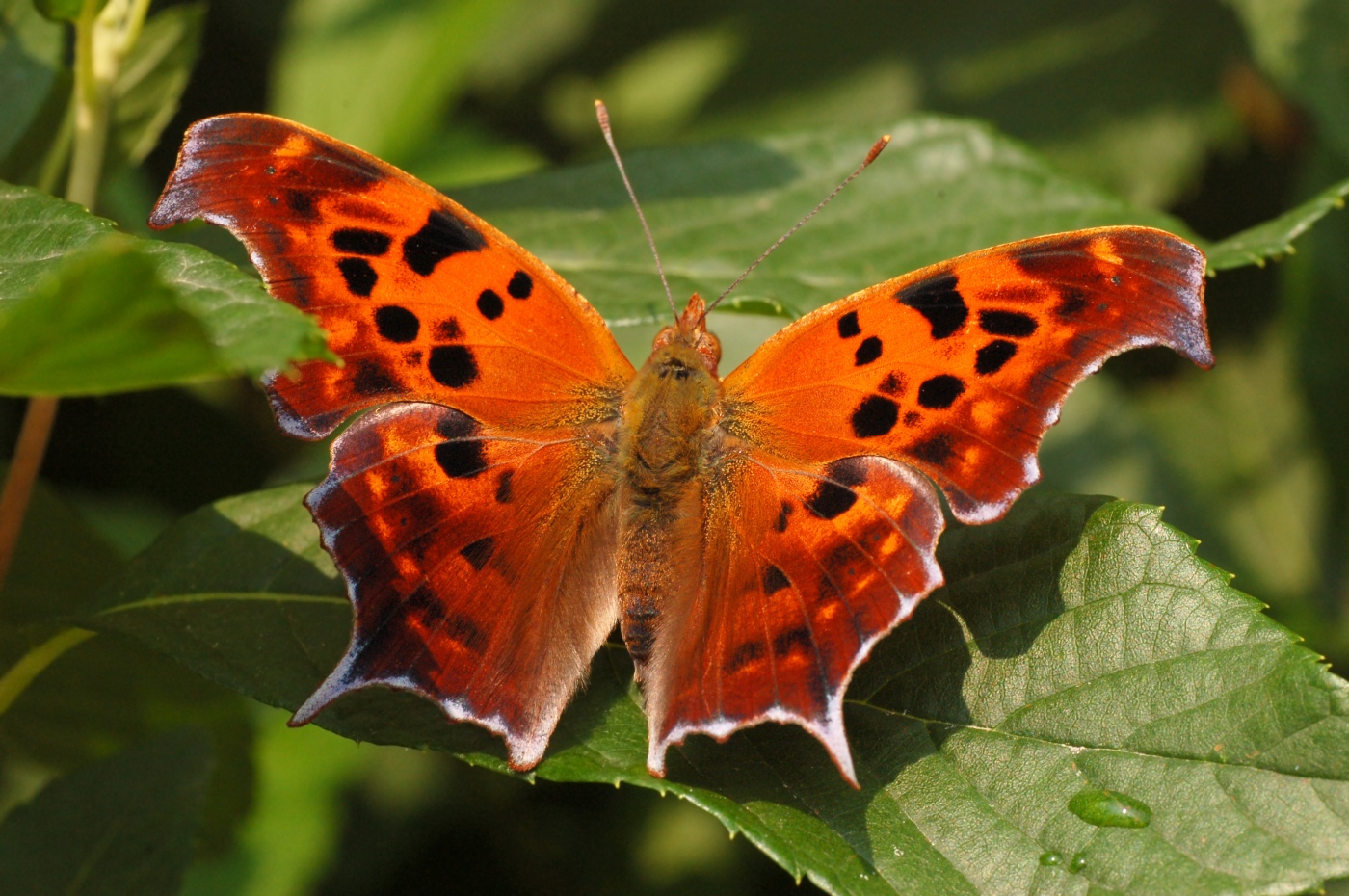As we shiver through winter’s freezing temperatures and heavy snow, many gardeners hope the severe weather translates to fewer garden insects in the coming growing season. But, unfortunately, insects have evolved many coping mechanisms enabling them to tolerate winter conditions just fine.
Most commonly each insect species overwinters in a specific developmental stage – egg, larva, nymph or adult – which is characteristic of that species, but some insects can overwinter at various stages of development.
Freeze avoidance and freeze tolerance are two major insect strategies. Freeze avoidant insects may migrate, have a way to keep themselves warm or find a relatively warm place to overwinter. Freeze tolerant insects can either survive being frozen or control the formation of ice crystals in their body.
Freeze Avoidant Insects
Some insects migrate, moving long distances, but these migrations are different from those of birds or animal. For most insect species it’s a one-way trip. Monarch butterflies are a classic example, although they are not a garden pest! We enjoy their annual migration flight every fall, as summer’s butterflies move to southern United States or northern Mexico. In most cases, the monarchs that headed south are not the same insects returning the following spring.
Other insect species, such as spotted cucumber beetle and black cutworm, typically die out in fall and new insects fly in or are blown north with spring storm fronts each year to recolonize the area. Bean leaf beetles are another example; most adults present in late fall die when air temperatures drop below 14 F, but a few find enough protection under plant debris and loose soil to survive.
Honeybees are one of the few insects adapted to survive winter without becoming completely dormant; instead they change their behavior and physiology to increase survival. These changes include increased bee life span (up to 8 months for winter bees, compared to approximately 30 days for summer bees), no rearing of new bees during winter and formation of bee clusters devoted to keeping the hive warm. They do this by vibrating their flight muscles, which generates heat, and can maintain temperatures at the outer edges of the hive between approximately and 42-53 F.
Common household invaders, like multicolored Asian lady beetle and boxelder bugs, often utilize warm protected places like attics, sheds, areas under porches or decks, gaps under home siding or inside wall voids to escape winter’s coldest temperatures. Fallen trees or limbs, holes in trees, leaf litter, under or inside dead plants, in burrows and under tree bark are all common insect overwintering sites. A good reason to clean up your vegetable and fruit production areas in fall to minimize insect pest overwintering sites.
Many insects burrow into the soil where temperatures are warmer than winter air temperature. A good blanket of snow moderates soil temperature even further, making it easier for insects to survive. Japanese beetle grubs are one example of a soil-overwintering insect which benefits from snow cover’s good insulating properties.
Freeze Tolerant Insects
Other insects are able to stop ice formation from occurring within or between their cells. They do this in a variety of ways, including finding a very dry place to hibernate where ice crystal formation cannot occur. Insects are generally small and their bodies contain little water making this hibernation state easier to achieve.
Some insects can control where ice crystals form in their bodies, ensuring their organs and tissues are not damaged. When warm weather arrives in spring, the ice melts and the insect becomes active again.
Finally, some insects can change their body chemistry as winter approaches, producing glycerol. Glycerol is the same thing we spray on our car windshield to prevent freezing, so essentially these insects make their own antifreeze, which ensures they survival throughout the winter. Butterflies that overwinter as adults, such as the question mark butterfly (pictured above), produce glycerol/antifreeze enabling them to overwinter in rock piles, cracks and crevices in trees, and under house eaves.
Common Garden Insects: Overwinter Stage & Sites
- American dog tick – adult, in soil
- Bean leaf beetle – adult, in soil or under plant debris
- Codling moth – larva, silken cocoon attached to rough bark areas or protected locations near tree
- Ground beetle – adult (most species), in soil or sheltered areas
- Iris borer – egg, old iris leaves or other crop debris
- Japanese beetles – mature grub (larva), in soil
- Mexican bean beetle – adult, protected areas near the garden
- Spruce spider mite – egg, attached to bark of branches, near base of needles, around buds
- Squash bug – adults, protected sites near areas of previous infestation
- Squash vine borer – larva or pupa, cocoon in soil
- Two-spotted spider mite – semi dormant adult female, under bark cracks and other protected locations

Leave a comment